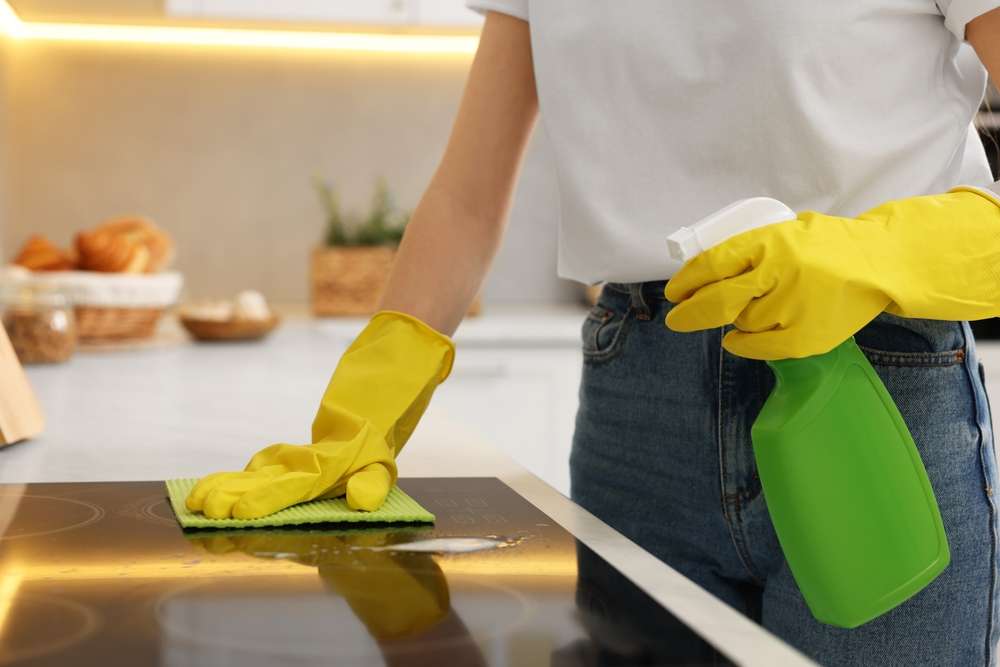The Ultimate Guide to Cleaning Wipes: Enhancing Hygiene for All
Cleaning wipes have become an essential tool in maintaining hygiene, especially in bathrooms and for individuals with specific needs. These convenient, disposable cloths offer a quick and effective way to sanitize surfaces, making them particularly valuable for the elderly and those with disabilities. This comprehensive guide will explore the various aspects of cleaning wipes, their uses, and their importance in promoting hygiene and health.

The effectiveness of cleaning wipes in bathrooms stems from their ability to remove dirt, grime, and bacteria in one swipe. Many wipes are designed to kill 99.9% of germs, including harmful pathogens that can cause illnesses. This is particularly important in high-traffic areas like bathrooms, where the risk of cross-contamination is higher.
What makes cleaning wipes essential for elderly care?
For the elderly, maintaining proper hygiene can sometimes be challenging due to limited mobility or strength. Cleaning wipes offer a simple and accessible solution to this problem. Their lightweight nature and easy-to-use format make them ideal for seniors who may struggle with heavy cleaning equipment or complicated cleaning processes.
Cleaning wipes can help the elderly maintain independence in their daily routines. They can easily keep their living spaces, especially bathrooms, clean without exerting too much energy or risking injury. This is particularly important for those who live alone or have limited assistance.
Moreover, many cleaning wipes are designed with larger, textured surfaces that provide a better grip, making them easier for seniors with arthritis or reduced hand strength to use effectively. The convenience of these wipes also ensures that regular cleaning can be maintained, reducing the risk of infections and promoting overall health for elderly individuals.
How do cleaning wipes benefit individuals with disabilities?
For individuals with disabilities, cleaning wipes offer numerous benefits that enhance their ability to maintain personal hygiene and cleanliness in their living spaces. The ease of use and accessibility of cleaning wipes make them an invaluable tool for those with limited mobility or dexterity.
One of the primary advantages is the reduced physical effort required to clean. Traditional cleaning methods often involve heavy buckets, mops, or scrubbing brushes, which can be challenging or impossible for some individuals with disabilities to manage. Cleaning wipes eliminate these obstacles, allowing for effective cleaning with minimal physical strain.
Additionally, cleaning wipes can be strategically placed around the home, particularly in bathrooms, for easy access. This arrangement enables individuals with disabilities to clean as needed without relying on assistance, promoting independence and self-sufficiency in their daily lives.
What types of cleaning wipes are best for toilet cleaning?
When it comes to toilet cleaning, not all wipes are created equal. Specialized toilet cleaning wipes are designed to tackle the unique challenges of this particular bathroom fixture. These wipes are typically thicker and more durable than standard cleaning wipes, allowing them to withstand the rigorous scrubbing often required for toilet cleaning.
Toilet cleaning wipes are formulated with powerful disinfectants and cleaning agents that can effectively remove stubborn stains, limescale, and bacteria. Many of these wipes contain bleach or other strong antimicrobial ingredients to ensure thorough sanitization of the toilet bowl, seat, and surrounding areas.
It’s important to choose toilet cleaning wipes that are safe for septic systems and biodegradable to prevent plumbing issues and reduce environmental impact. Some brands offer flushable toilet cleaning wipes, but it’s generally recommended to dispose of them in the trash to avoid potential sewer blockages.
Are there eco-friendly alternatives to disposable cleaning wipes?
While disposable cleaning wipes offer convenience and effectiveness, there is growing concern about their environmental impact. Fortunately, eco-friendly alternatives are becoming more widely available, catering to environmentally conscious consumers.
Reusable cleaning cloths made from microfiber or bamboo are excellent substitutes for disposable wipes. These can be washed and reused multiple times, significantly reducing waste. Many of these reusable options are designed to be as effective as disposable wipes in cleaning and disinfecting surfaces.
For those who prefer the convenience of pre-moistened wipes, some companies now offer biodegradable cleaning wipes made from natural, compostable materials. These wipes break down more quickly in landfills, reducing their long-term environmental impact.
Another eco-friendly option is to create homemade cleaning solutions using natural ingredients like vinegar, baking soda, and essential oils. These can be applied to reusable cloths, providing an effective and environmentally friendly cleaning method.
How do cleaning wipes contribute to overall household hygiene?
Cleaning wipes play a significant role in maintaining overall household hygiene, extending their usefulness beyond just the bathroom. Their versatility and convenience make them an essential tool for quick clean-ups and regular maintenance throughout the home.
In kitchens, cleaning wipes can be used to sanitize countertops, appliances, and high-touch areas like refrigerator handles and faucets. This helps prevent the spread of foodborne illnesses and keeps cooking areas hygienic. In living areas, wipes are excellent for dusting surfaces, cleaning remote controls, and wiping down frequently touched items like doorknobs and light switches.
For households with children or pets, cleaning wipes offer a quick solution for unexpected messes. Their portability allows for immediate cleaning, preventing stains and the spread of germs. This immediate response to spills and accidents is particularly beneficial in maintaining a consistently clean and healthy living environment.
Furthermore, the convenience of cleaning wipes encourages more frequent cleaning, which is crucial in reducing the overall bacterial load in a household. Regular use of disinfecting wipes on high-touch surfaces can significantly decrease the risk of illness transmission among family members.
In conclusion, cleaning wipes have revolutionized the way we approach household cleanliness and hygiene. Their ease of use, effectiveness, and versatility make them an invaluable tool for everyone, particularly benefiting the elderly and individuals with disabilities. While it’s important to consider environmental impacts and explore eco-friendly alternatives, the role of cleaning wipes in promoting better hygiene practices and maintaining cleaner, healthier living spaces is undeniable. As we continue to prioritize health and cleanliness in our homes, cleaning wipes remain a practical and efficient solution for many of our day-to-day cleaning needs.






